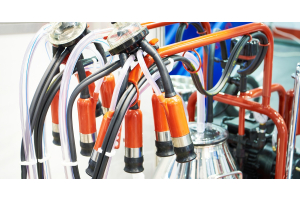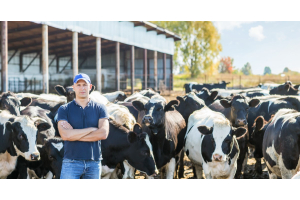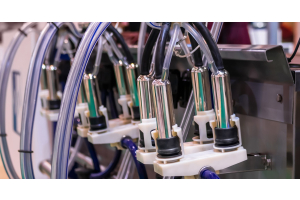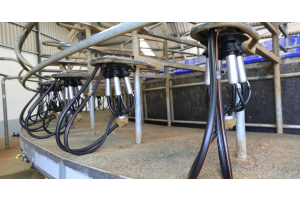Tips for Extending the Life of Your Portable Milker
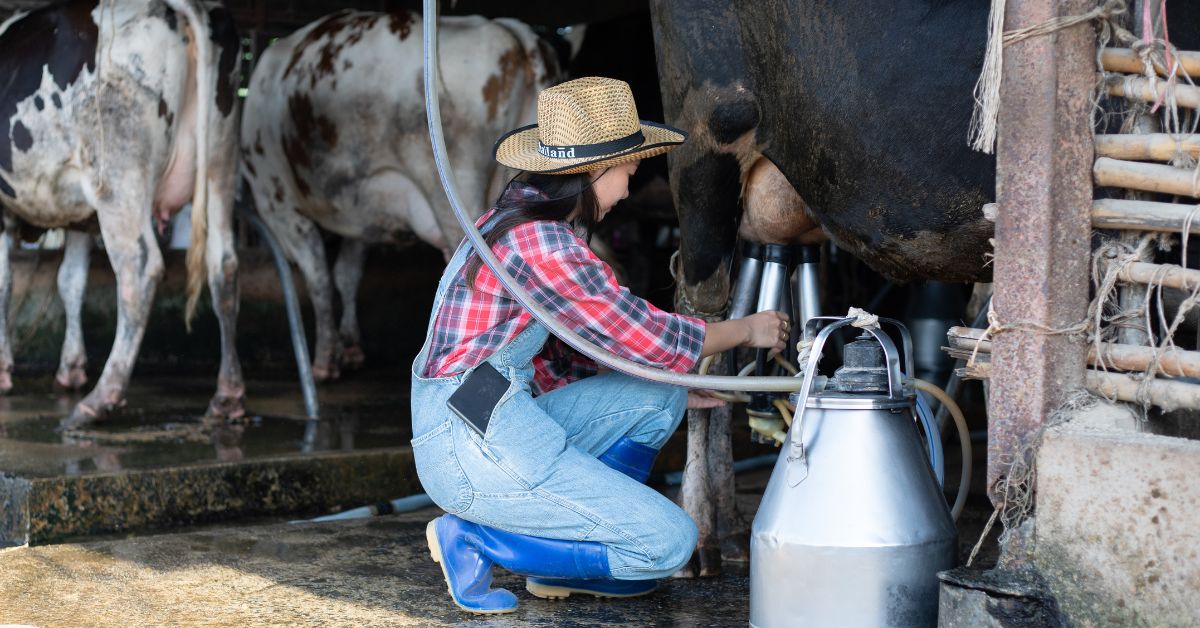
Portable milkers have revolutionized the dairy industry, offering farmers a convenient and efficient way to milk animals without the constraints of bulky, stationary equipment. These compact systems are ideal for small to medium-scale operations, allowing for greater flexibility and incredible ease of use. Whether you’re milking cows, goats, or sheep, a portable milker saves time, reduces physical strain, and ensures better hygiene during the process.
However, like any piece of equipment, a portable milker requires proper care and maintenance to ensure it continues to perform at its best for years to come. The following tips will help you understand how to keep your portable milker in top condition to extend its life and maximize its efficiency.
Clean the Milker After Every Use
Rinse all components with warm water immediately after milking to remove any residual milk and prevent bacteria from building up. Disassemble the milker, breaking it down into its key parts such as hoses, teat cups, and claw. Wash each part carefully using a food-safe cleaning solution to eliminate milk residue and ensure the equipment remains sanitary. Pay special attention to areas that are harder to reach, such as inside hoses or small crevices in the teat cups, as these can harbor bacteria.
After washing, rinse each component thoroughly with clean hot water to remove any soap residue. Next, sanitize all parts using an appropriate dairy-safe sanitizer, following the manufacturer’s instructions. After sanitizing, rinse all components with clean cold water to ensure no sanitizer residue remains—most sanitizers are chlorine-based, and dried residual chlorine can reduce the lifespan of or damage certain components of your milking machine. Finally, allow all parts to air dry completely in a clean, well-ventilated area before reassembling the milker. Thorough drying is crucial, as moisture can also promote bacterial growth or lead to the formation of mold, compromising hygiene and equipment performance.
Inspect Seals and Gaskets Regularly
Over time, rubber gaskets and seals can deteriorate due to continuous use and exposure to cleaning chemicals, leading to cracks, wear, or reduced elasticity. These issues may result in improper sealing, which can cause leaks or a loss of vacuum pressure during operation, both of which can compromise the milker's performance and the quality of the milk.
To avoid this, carefully and periodically examine all seals and gaskets for signs of damage or aging. If you notice any cracks, deformation, or areas that appear worn out, it is important to replace the affected parts as soon as possible.
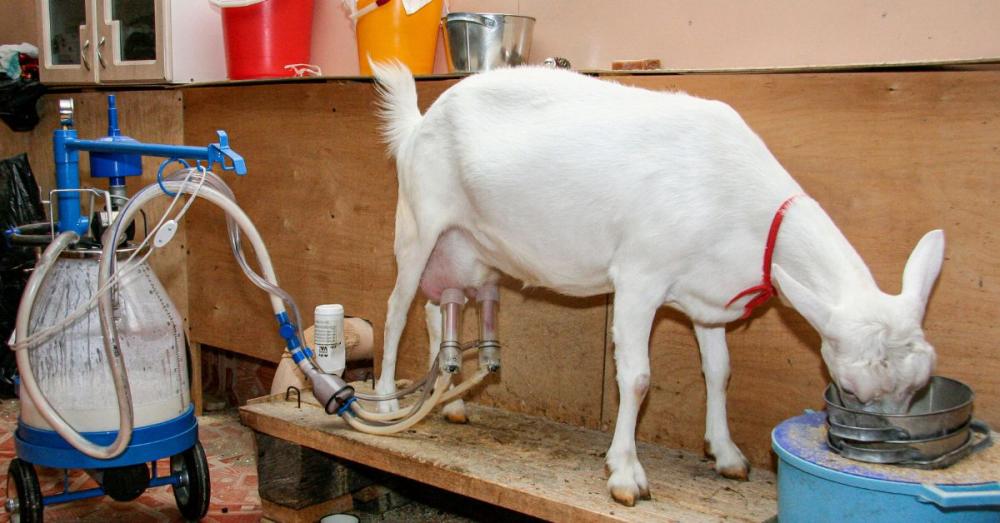
Perform Vacuum System Maintenance
To begin your system maintenance, your first step is to test the vacuum pump regularly to ensure it maintains consistent suction levels. Fluctuations in vacuum pressure can lead to uneven milking, increased stress on the animals, and potential damage to the equipment. You can use a vacuum gauge to monitor the system’s performance and ensure it operates within the manufacturer’s recommended pressure range.
Additionally, replace or clean air filters as needed to prevent clogging and airflow restrictions. Dirty or blocked filters can hinder the vacuum pump’s ability to function effectively, resulting in insufficient suction and increased strain on the system. Inspect the filters regularly for signs of dust, dirt, or wear, and clean them thoroughly or replace them as required.
Check Hoses and Tubing
Inspect hoses and tubing for any visible signs of damage, such as cracks, hardening, or discoloration, which could compromise their performance. Ensure that there are no blockages within the tubing that could obstruct the milk flow, as these can affect the overall efficiency of the milking system.
Just as you would the seals and gaskets, regularly check the connections to ensure they are secure and leak-free. Replace any worn-out or damaged tubing immediately to maintain optimal hygiene and prevent equipment failure, which could impact the quality of the milk and the health of the cows.
Ensure Proper Storage
Storing the milker correctly is an essential step in maintaining the longevity and effectiveness of your equipment. Always ensure the milker is kept in a clean, dry, and well-ventilated area to minimize exposure to humidity, which can lead to rust and corrosion, or dust.
Incorporating protective covers can provide an additional layer of defense, shielding delicate components from environmental damage, accidental impacts, or contamination. Always ensure your storage area remains free from pests and excessive moisture, as these can further jeopardize the condition of the milker.
Monitor and Replace Teat Cup Liner
Teat cup liners play a critical role in the milking process, directly impacting both animal comfort and milk quality. It is essential to regularly inspect the liners for signs of wear, such as cracks, tears, or hardening. These issues can not only cause discomfort or irritation to the animal but also lead to potential contamination of the milk. A worn liner may fail to maintain proper suction, compromising the efficiency of the milking system and the overall health of the animal.
To maintain optimal performance, liners should be replaced after every 2,500 to 10,000 milkings, depending on the liner’s material or as per the manufacturer's recommendations. Establishing a schedule for liner replacements helps ensure you swap them out before they lose their elasticity or structural integrity. Keeping a record of milking sessions and routine maintenance can make this process more systematic and prevent unnecessary delays.
Calibrate the Milker Often
Regular calibration of the milker is essential to prevent issues such as excessive suction, which can cause discomfort or injury to the udder, such as bleeding and bruising, or too little suction, which may lead to incomplete milking and potential mastitis.
Utilizing specialized testing equipment, such as vacuum gauges or flow simulators, allows operators to measure and adjust the system's performance with precision. For more complex recalibrations or troubleshooting, consulting a trained technician can help identify and resolve any inconsistencies in the milking system.
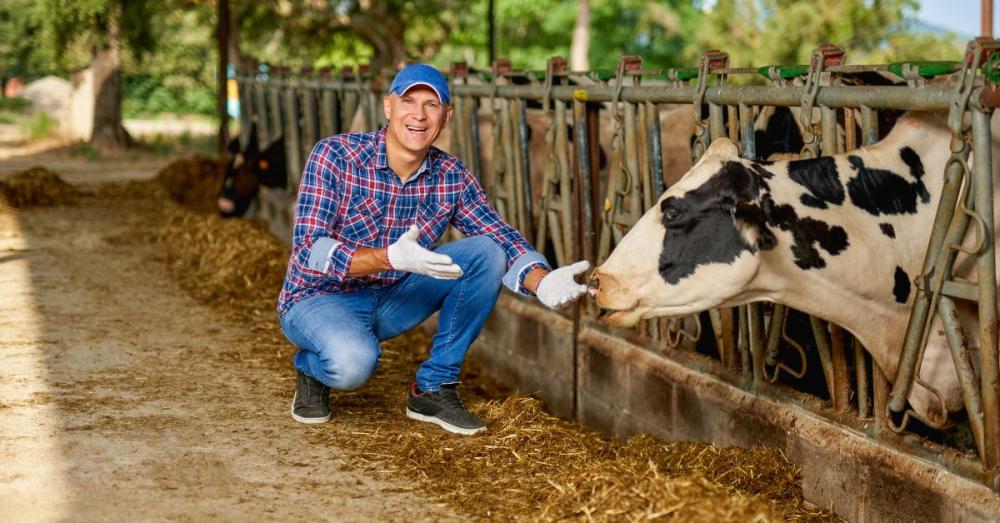
Train Operators Thoroughly
All operators should receive comprehensive instruction on handling, cleaning, and storing the milker to minimize wear and avoid costly damage. Training should begin with a clear explanation of the equipment's components and functionality, ensuring the operator understands how each part works and contributes to the overall system. Hands-on practice under supervision is vital, allowing operators to confidently perform tasks such as attaching the milker to the cow, checking for proper alignment, and monitoring the milking process.
Additionally, operators should know how to disassemble and sanitize each part of the equipment thoroughly, proper storage techniques, and how to protect components from dust, moisture, and excessive temperatures. Routine training refreshers and updates on any new technology or protocols are essential to ensure that all operators remain informed and proficient, contributing to fault-free operations and a healthier herd.
From farm to barn, these machines play a vital role in streamlining your daily tasks while maintaining quality and hygiene. Treat your portable milker well, and it will reward you with an extended lifespan and dependable performance that makes your work easier.
If, during your inspection and maintenance, you find that you need to replace your machine’s parts and accessories, you can rely on the Parts Dept. Our portable milk buckets are manufactured by tried and true brands and are durable and long-lasting, ensuring a seamless milking process every time.
Not only do we offer high-quality replacement parts, but we also have a wide selection of upgrades and accessories for your portable milker. From improved pulsators to sturdy stands, our products are designed to enhance the performance and efficiency of your machine.






